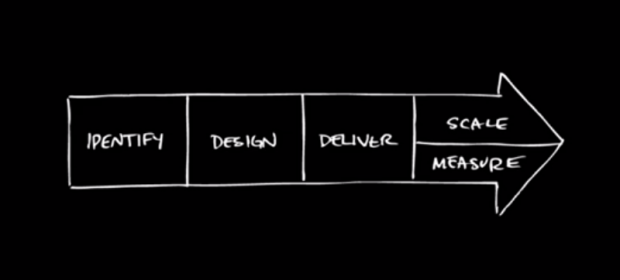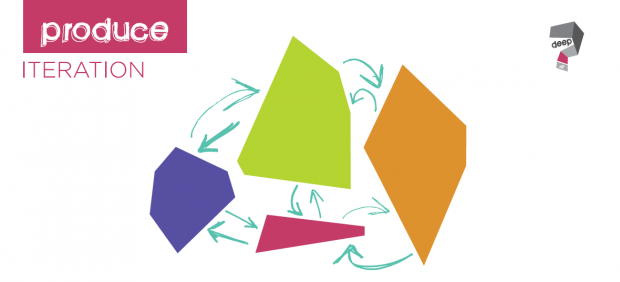How do you design for a user that lives on less than $4 a day? Krista Donaldson the CEO of D-Rev, short for Design Revolution a non-profit medical design firm, leads teams to develop low-cost and shippable prosthetics and medical devices. 99U awarded her the 2014 Alva Award. This award celebrates serial inventors who consistently ship ideas rather than keeping them in the cloud. You should really check out her talk:
One my own greatest frustrations with Design Thinking in schools is the tendency for design challenges to get stuck in low-res prototypes. There are a variety of reasons why they land here. One of the most common reason I encounter is that school schedules do not afford learners (students and teachers) enough time to bring a prototype to market. Another reason, one that I am sure impacts the latter, is because the process for shipping ideas does not find itself nicely inside of content silos. Some schools might attempt to make space by including a Technology and Engineering or Makers course, but I wonder if this only attracts a particular type of student and limits entry into real-world learning?
Donaldson has three lesson on implementation that could help schools get schools moving towards shipping market-ready ideas:
1. Implementation is About Designing a System – D-Rev believes that its one thing to design a product, and its another to think about how its used and maintained. IMHO, the implementation gap in school is hindered by the overall system of school. Faculty, students, and parents who want to see learners design for impact need to rethink the system. New schedules that allow for student-designed interdisciplinary and transdisciplanary opportunities will create more space for passion/inquiry driven design-to-market experiences. What if the design process looked like this? (Notice design is just a part!)
2. Implementors Keep Returning – Once the initial prototype is finished it is important for designers to return to the user to make sure their needs are met. A common mindset that many learners have is linear thinking. This is an important mindset when the end result needs to be repeatable or when learning is dependent on a linear process; however, not all learning is linear despite how our systems seem to assume so. The end result of the design process for Donaldson’s team is the beginning of honing in their prototype to be cheaper, market-tested, and iterated. What if schools were less ridged and more flexible? What if our curriculum was constantly flexing and changing to reflect the world we live in? Designing for impact demands an iterative, non-linear process that constantly checks in with the user for testing and feedback. DEEPdt, the design method we use at Mount Vernon, uses this graphic to illustrate the iteration process:
3. Implementation is About Users, Users, Users! – Just to hammer it home… What would it look like to examine the high school experience through the lens of high school students? What would it look like to insure that students meet the expectations and demands of the market place? It starts with user-centric rather than system-centric design.



